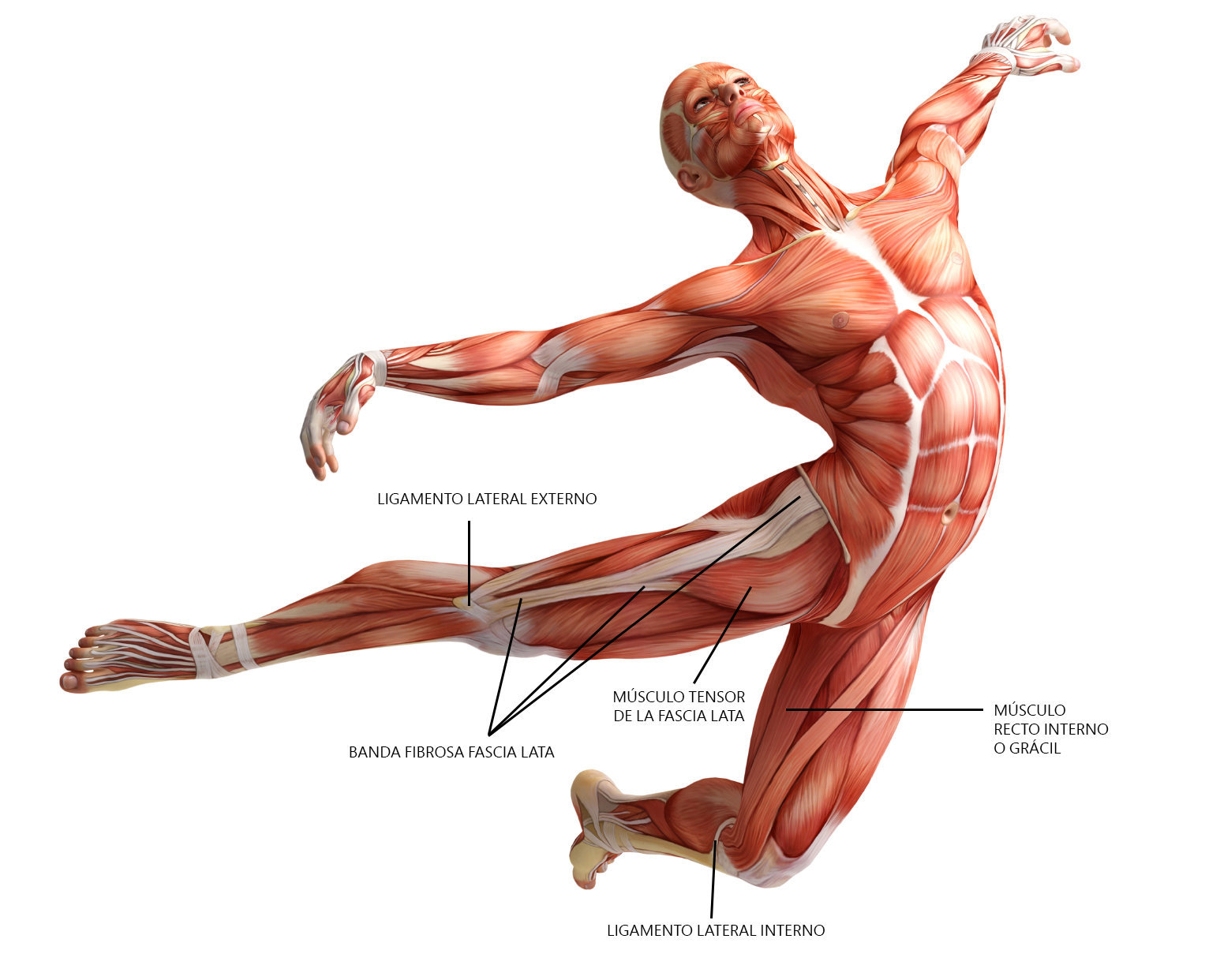What is Myofascial Release?
Myofascial Release is a very effective hands-on technique that provides sustained pressure into myofascial restrictions to eliminate pain and restore motion.
- A whole body approach to treatment. Evaluation through visual analysis and palpation of tissue texture and integrity.
- Evaluation through visual analysis.
- Increased postural functionality and stability
- Enhances the circulatory environment, fluid and lymphatic flow.
A clip from John F. Barnes' Fireside Chat
Conditions Myofascial release may help
Common issues and diagnoses for which we provide services include neck pain, back pain, pelvic pain, sports injuries, headaches, TMJ, Fibromyalgia and persistent pain from structural and soft tissue imbalances.
- Disc problems
- Sports injuries
- Recovery of muscle strains/sprains
- Overuse and repetitive motion injuries
- Fibromyalgia
- Menstrual problems
Whiplash
- Migraine headaches
- Joint stiffness and decreased mobility
- TMJ and many, many more
- Tourette Syndrome
Birth Injuries
And many other diagnoses…
Understanding Fascia
Fascia is a specialized system of the body that has an appearance similar to a spider's web or a sweater. Fascia is very densely woven, covering and interpenetrating every muscle, bone, nerve, artery and vein, as well as, all of our internal organs including the heart, lungs, brain and spinal cord. The most interesting aspect of the fascial system is that it is not just a system of separate coverings. It is actually one continuous structure that exists from head to toe without interruption. In this way you can begin to see that each part of the entire body is connected to every other part by the fascia, like the yarn in a sweater.
Trauma, inflammatory responses, and/or surgical procedures create Myofascial restrictions that can produce tensile pressures of approximately 2,000 pounds per square inch on pain sensitive structures that do not show up in many of the standard tests (x-rays, myelograms, CAT scans, electromyography, etc.) A high percentage of people suffering with pain and/or lack of motion may be having fascial problems, but are not diagnosed.


The fascial system is comprised of fascicles, compartments of connective tissue that form the internal architecture of your body. That means it not only affects the musculature but the 3-D configuration and layout of internal organs like the liver, kidneys, and colon.
Think of fascicles as the pockets of juicy flesh inside fruit like clementine oranges.
